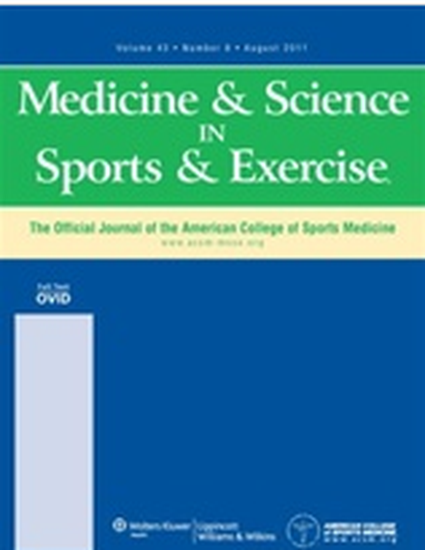
Article
Cross-Validation of Waist-Worn GENEA Accelerometer Cut-Points
Medicine & Science in Sports & Exercise
(2014)
Abstract
Purpose: The purpose of this study was to determine the classification accuracy of the waist gravity estimator of normal everyday activity (GENEA) cut-points developed by Esliger et al. for predicting intensity categories across a range of lifestyle activities.
Methods: Each participant performed one of two routines, consisting of seven lifestyle activities (home/office, ambulatory, and sport). The GENEA was worn on the right waist, and oxygen uptake was continuously measured using the Oxycon mobile. A one-way chi-squared test was used to determine the classification accuracy of the GENEA cut-points. Cross-tabulation tables provided information on under- and overestimations, and sensitivity and specificity analyses of the waist cut-points were also performed.
Results: Spearman rank order correlation for the GENEA gravity-subtracted signal vector magnitude and Oxycon mobile MET values was 0.73. For all activities combined, the GENEA accurately predicted intensity classification 55.3% of the time, and it increased to 58.3% when stationary cycling was removed from the analysis. The sensitivity of the cut-points for the four intensity categories ranged from 0.244 to 0.958, and the specificity ranged from 0.576 to 0.943.
Conclusion: In this cross-validation study, the proposed GENEA cut-points had a low overall accuracy rate for classifying intensity (55.3%) when engaging in 14 different lifestyle activities.
Keywords
- physical activity,
- energy expenditure,
- activity monitor,
- accelerometry
Disciplines
Publication Date
September, 2014
Citation Information
Scott A. Conger. "Cross-Validation of Waist-Worn GENEA Accelerometer Cut-Points" Medicine & Science in Sports & Exercise Vol. 46 Iss. 9 (2014) Available at: http://works.bepress.com/scott_conger/12/
